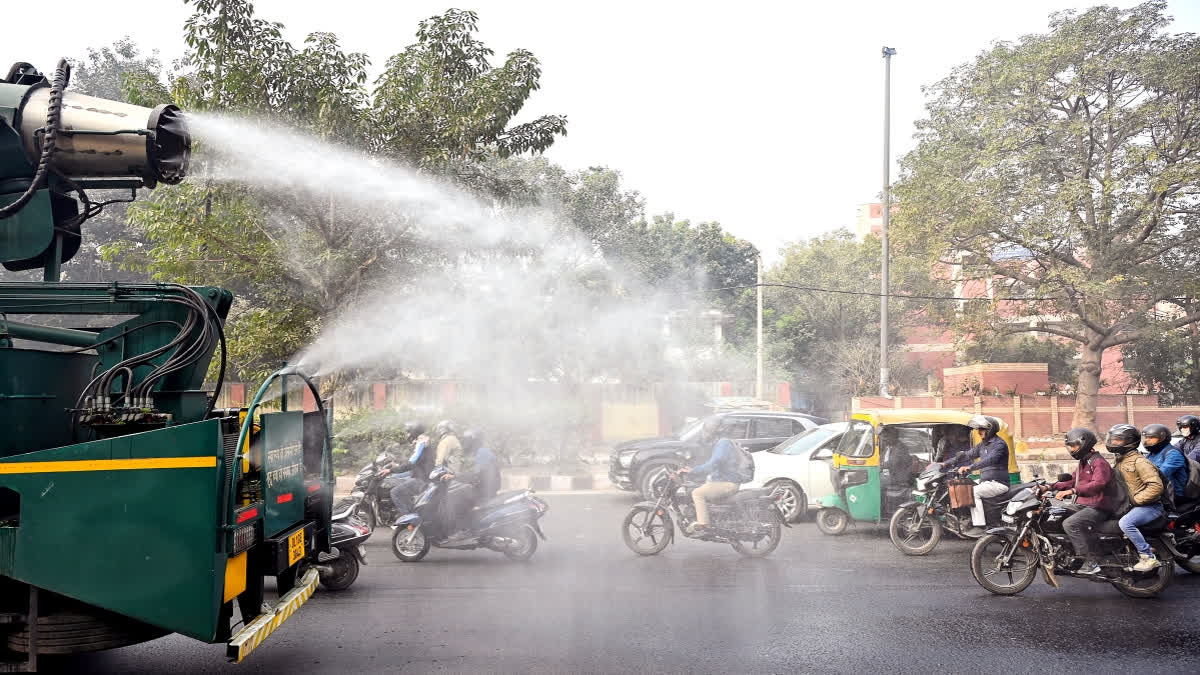New Delhi:The air quality in the national capital remained entrenched in the “very poor” category on Tuesday, with experts cautioning a potential shift to “severe” levels within the next 24 hours due to changing wind patterns.
As winter tightens its grip on Delhi NCR, residents face escalating concerns over the city’s environmental health and its impact on public well-being. The Central Pollution Control Board (CPCB) reported that Delhi’s Air Quality Index (AQI) stood at 343 on Tuesday at 4 PM, slightly better than Monday’s 349 but still firmly in the "very poor" range.
By Wednesday, the AQI was recorded at 302, offering minimal relief. Experts warn that with wind speeds expected to drop further, the AQI could soon breach the “severe” threshold.
Climate expert SN Mishra emphasised the urgent need for environmental stewardship, stating, “The five great elements of nature will protect you if you protect them. A seed carried by the wind eventually finds its ground, transforming into a mighty tree.”
Despite such calls for action, construction activity in a few areas continues unabated, with environmentalist Vimlendu Jha highlighting violations of pollution control measures. "Full-fledged construction was ongoing in DLF Phase 1 despite the GRAP IV ban. When informed, DLF staff dismissed concerns, saying, 'Do whatever you want; no ban applies to DLF.'"
Alarming Pollution Levels: Tuesday morning saw 18 of Delhi’s 39 air quality-monitoring stations recording AQI levels above 400, categorised as “severe.”
Anand Vihar, Mundka, Rohini, and Vivek Vihar were among the worst-hit areas, with AQI levels ranging between 420 and 443. PM2.5, the primary pollutant, reached dangerous levels of 143 µg/m³ by afternoon, with PM10 concentrations at 325 µg/m³.
These fine particulate pollutants are particularly hazardous, posing severe risks to respiratory and cardiovascular health. Though Monday morning offered a fleeting respite with AQI levels dipping below 300 in some areas like Lodhi Road, conditions rapidly deteriorated by evening.
